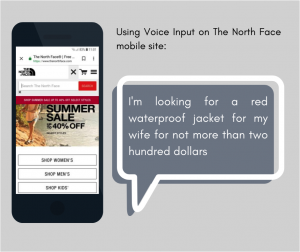Natural Language Processing (NLP) is a subfield of Artificial Intelligence (AI) that focuses on the interaction between computers and human language. AI/Natural Language encompasses the development of algorithms and models that enable machines to understand, interpret, generate, and respond to human language in a way that is both meaningful and contextually appropriate.
Key components of AI/Natural Language include:
- Natural Language Understanding (NLU): This involves the ability of a computer system to comprehend and interpret the meaning of text or speech. It includes tasks such as part-of-speech tagging, named entity recognition, sentiment analysis, and semantic parsing.
- Natural Language Generation (NLG): This aspect deals with the generation of human-like text or speech based on a given input. NLG is used in applications like chatbots, content creation, and automated report generation.
- Natural Language Query (NLQ): This technology provides the ability to access data, in almost any structure, create dictionaries that extend link synonyms from content within the data structure and allow for ad hoc Q&A naturally.
- Machine Translation: This involves the conversion of text from one language to another. Systems like Google Translate are examples of machine translation applications.
- Speech Recognition: This is the process of converting spoken language into written text. Applications like Siri, Google Assistant, and speech-to-text software utilize this technology.
- Dialog Systems and Chatbots: These systems engage in conversations with users, either through text or speech, and aim to provide relevant and helpful responses. They are used in customer service, virtual assistants, and more.
- Sentiment Analysis: This involves determining the sentiment or emotion expressed in a piece of text. It’s commonly used for tasks like social media monitoring and customer feedback analysis.
- Text Summarization: This involves generating concise and coherent summaries of longer pieces of text. It’s used in tasks like summarizing news articles or research papers.
- Question Answering: This involves providing accurate answers to questions posed in natural language. Systems like IBM’s Watson are examples of question-answering applications.
- Language Modeling: This is a fundamental task in NLP where a model is trained to predict the next word in a sentence given the context of the preceding words. This is the basis for many advanced NLP applications.
NLP has a wide range of applications, including but not limited to:
- Customer service chatbots
- eCommerce search, recommendations, and personalization
- Language translation services
- Sentiment analysis for social media monitoring
- Medical record analysis for healthcare
- Personalized content recommendation
- Automatic text summarization for news articles
- Speech-to-text and text-to-speech systems
- Virtual assistants like Siri, Alexa, and Google Assistant
Overall, NLP is a crucial aspect of AI that enables machines to interact with humans in a more natural and intuitive way, opening up a wide range of possibilities for automation and enhanced user experiences. And this is what separates EasyAsk from our competitors. EasyAsk is a true AI/Natural Language search, run by a true Natural Language Processing engine.



 Presenting customers with the most relevant search, product, as well as category suggestions is essential. But it is easy to get AI-Instant Search, or Autocomplete, so wrong that it actually has a negative impact on your shoppers.
Presenting customers with the most relevant search, product, as well as category suggestions is essential. But it is easy to get AI-Instant Search, or Autocomplete, so wrong that it actually has a negative impact on your shoppers.





